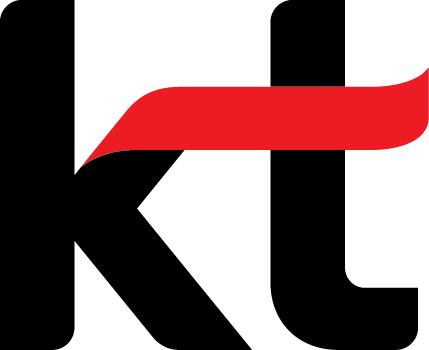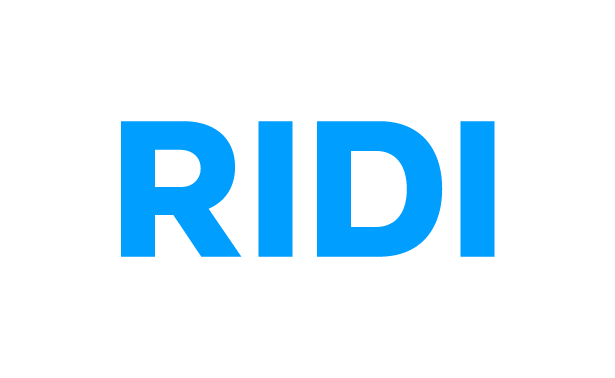When you’re a telecommunications company with a workforce that can populate a mid-sized city, even small changes to workplace technology can take weeks to roll out. Throw in a pandemic and compress the timeline to a few months, and you’ve got a true challenge on your hands.
Aspi Havewala, Verizon’s global head of digital workplace, and Russell Leader, the company’s director of planning and engineering, addressed this as Verizon pivoted more than 150,000 employees to remote work in the early weeks of March 2020. Historically, Verizon’s teams operated out of the company’s New York City headquarters and more than 100 offices globally. But when the pandemic sent most employees home, the company had to radically rethink where and how work got done.
“The move to remote work caused a lot of pain initially, and our employees were looking for their colleagues in the physical space around them,” Aspi says. “So the big question was, ‘How do we create a digital representation of the office?’ This is where Slack comes in.”
Verizon established Slack as its productivity platform, a centralized place for connecting teams, tools, partners and customers, creating an accessible office where employees can not only interact with colleagues, but also strengthen customer relationships, automate work and recoup productive time.
“The big question was, ‘How do we create a digital representation of the office?’ This is where Slack comes in.”
Championing a digital way to work together, from anywhere
To ensure a smooth transition to its new productivity platform, Verizon thought carefully about how to generate organic adoption of Slack.
Deployment was staggered across different parts of the organization, with the understanding that each team has unique personas and workflows. Ahead of rollouts, the company offered information sessions on Slack, regular announcements, demonstrations and live Q&As.

Post rollout, Verizon held additional training on Slack basics, best practices and where to find help. The company also spun up dedicated channels to make it easy for people to ask questions. To continuously improve Slack utilization, team leaders still regularly poll employees and design custom training to fill any gaps.
From start to finish, it took Verizon less than six months and minimal outside help to deploy Slack. “We did this entire implementation without any face-to-face meetings with the Slack team,” Leader says.
Instead, Verizon used Slack Connect, a feature that extends channel-based messaging to external partners and customers, to consult with the Slack team on best practices. Those early exchanges would lay the foundation for bringing more outside partners into the fold of their productivity platform.
Strengthening customer relationships with Slack Connect
Prior to Slack, the company’s partner solutions teams used an online ticketing system to collaborate with sales partners. Now they use Slack Connect.
“We always want to have a great relationship with our partners,” Leader says. “We use Slack Connect to listen and work with them.”
Verizon’s sales teams also recognized the value of Slack Connect for working with customers. This became especially important when in-person meetings waned during the pandemic.
“We can’t just go and visit customers in person anymore–it’s largely not possible,” Leader says. “Slack Connect is used by our sellers to continue their relationships.”

Using Slack to scale automation
During the Slack rollout, Leader saw an opportunity to improve work by automating certain processes.
He knew his team couldn’t build automations for every pain point across the company, so the capabilities of the Slack platform were made available across the organization.
Verizon’s Citizen Builder Program encourages teams to create their own solutions with Slack’s out-of-the-box apps and Workflow Builder, an easy-to-use tool for creating custom automations, no coding required.
“Employees outside of IT know their own problems and can leverage the capabilities of Slack to build their own workflows,” Leader says. “It’s not just IT bringing a tool but a platform that other people can build upon for their own departmental needs.”
As an example, Joseph Nieves and Christopher Mamakos, strategy and execution managers for Verizon’s Wireline Network Operations team, which manages last-mile installation services, launched a workflow to help coordinate field technicians for service calls. The automation also assists the team with providing more accurate appointment times to customers, allowing everyone to operate more efficiently.















